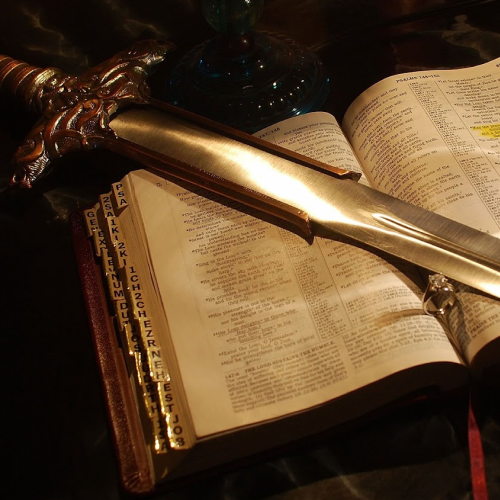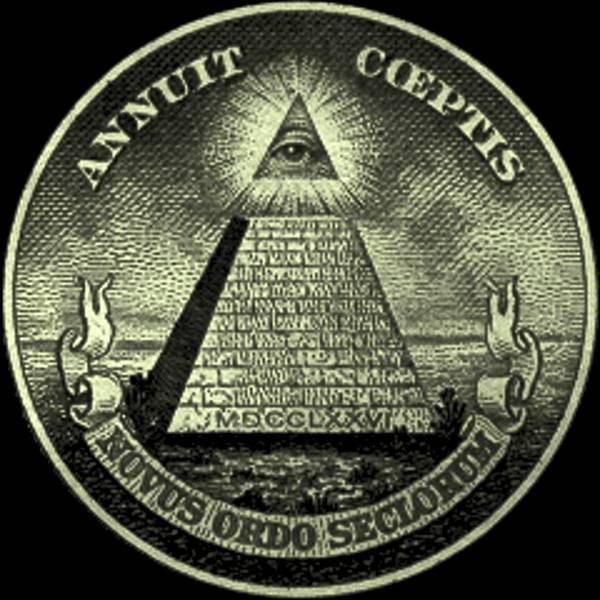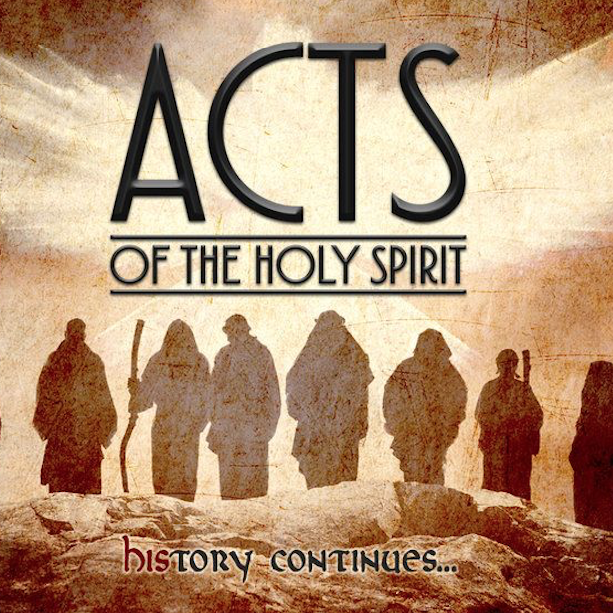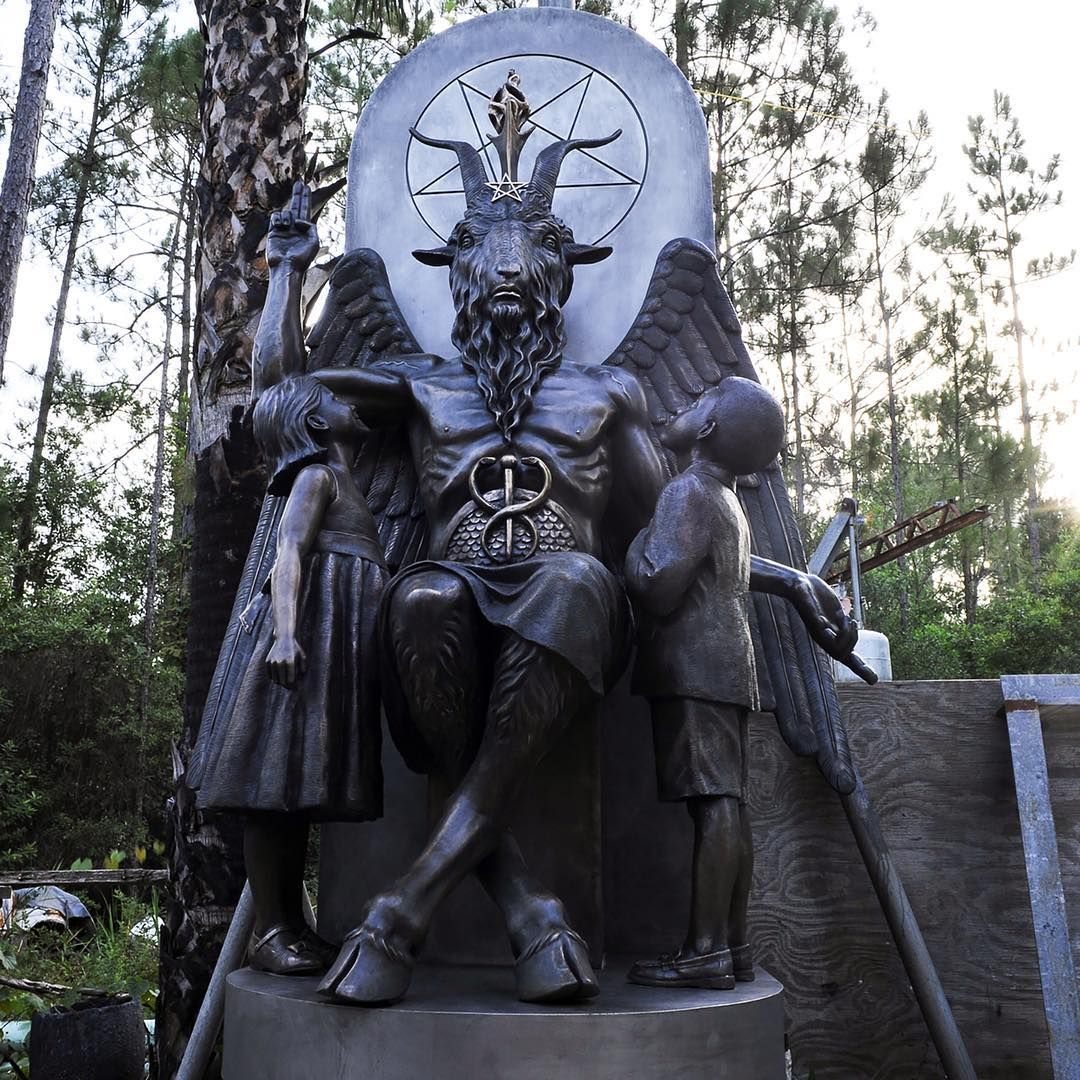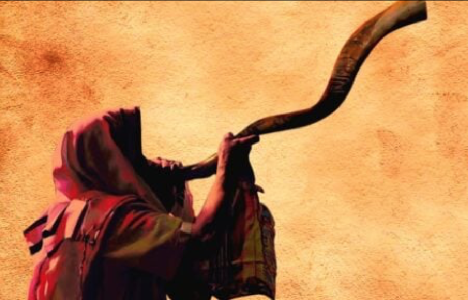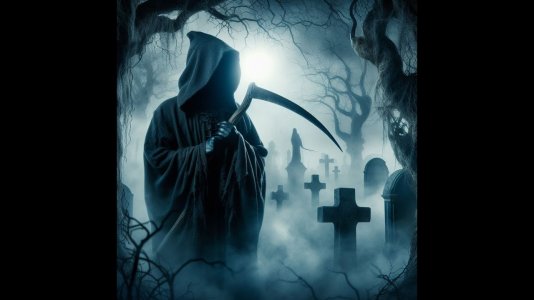- Mar 5, 2024
- 2,115
- 1,094
Deleting Church History: A Costly Mistake
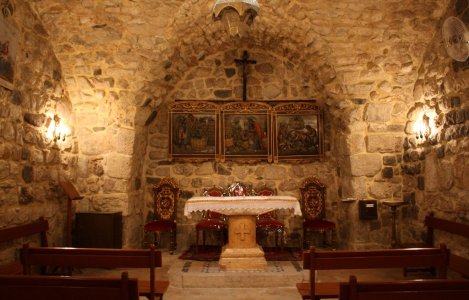
Above is a picture of the house of Ananias, one of the 72 sent out by Jesus in Luke 10:1. I selected this picture because the following dream that was sent to me by a friend a few months ago relates to how the modern church has in some respects completely deleted the record of church history, and it has resulted in us no longer understanding the scriptures nearly as accurately as we should. He is a moderator at another Christian forum, and was editing someone else's post in the dream, only the computer was doing something it normally doesn't do.
Post Deletion Dream
I was editing a post but I was not editing out a sentence, I was only editing out an area of text. The area of text would start at the top with one word and then come down and widen out to a point, and then lessen the word count till it would stop at the bottom of the area, almost a diamond shape of text. The dream was in a loop, and kept recurring over and over again.
The dream was in a loop, and kept recurring over and over again.
He didn't think the text in the sample post he sent me was important, but it actually was. It was Spirit-led, and the key to understanding the dream.
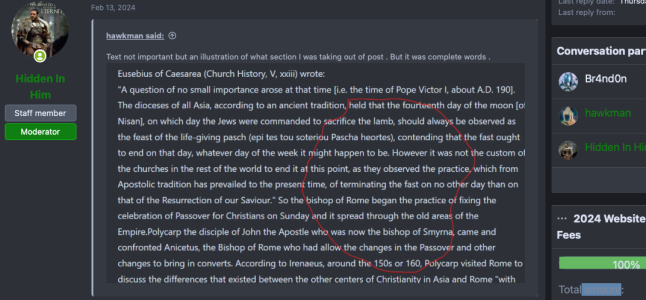
This was a quote by Eusebius regarding a doctrinal dispute that occurred in the 2nd century about whether fasting should be observed until the third day after Passover or if it should conclude before Passover came so that they could celebrate the Passover by eating. The clear, unspoken implication in this passage, however, was that the early church was observing the Passover one way or another, something many Christians today no longer understand. Like MANY early church texts I could quote here, they were observing several of the Jewish feasts, only they were doing so after a spiritual manner and not after the strictness of the Jews, understanding them to have a prophetic significance that made them profound in the eyes of the early church.
Evidence for this can easily be seen in the New Testament itself. The apostle Paul has this to say to the Corinthians when they were falling into false teaching and sin:
Clean out the old leaven so that you may be a new lump, just as you are in fact unleavened. For Christ our Passover also has been sacrificed. Therefore let us celebrate the feast, not with old leaven, nor with the leaven of malice and wickedness, but with the unleavened bread of sincerity and truth (1 Corinthians 5:7-8).
Paul was not being figurative here about "keeping the feast" of Passover as some falsely presume, he was being literal, only they were doing so after a spiritual manner. They now understood that communion was the true body of the Lamb that Passover merely pointed to prophetically, but they were still observing it nonetheless. It is also clearly evident that they were observing the Feast of Unleavened Bread as well, since his stress was actually on that feast in particular, which immediately followed Passover. It represented taking in only of the pure word of God, uncontaminated by the teachings of the enemy which can "puff us up." But the obvious truth here was that they were keeping these feasts, and without an understanding of that fact the modern church is virtually clueless when they come to passages like Colossians 2, where Paul also taught:
Take heed that there be no one robbing you through philosophy and empty deceit, in accordance with the tradition of men, in accordance with the principles of the world, and not in accordance with Christ... Do not let anyone but the body of Christ judge you in food and drink, or in respect of a festival or a new moon or sabbaths, which are a shadow of things to come. (Colossians 2:8-9, 16-17)
This passage again clearly states that they were observing the Jewish festivals, new moons and sabbaths, only they were not to let any strict types like the Essenes judge them over HOW they were doing so. Only the body of Christ truly understood the prophetic meanings and symbolism of the feasts, for in one way or another they all pointed to events that were now taking place in the life of the church.
I will post on the various feasts in later studies and devotionals, but as this dream a friend sent suggests, forgetting church history is a mistake that can be costly to having a proper understanding of the mindset the New Testament church walked in, and it's a mistake the modern church repeats over and over again every year. Every year they are oblivious to Passover, the Feast of Unleavened Bread, Pentecost, and other Jewish feasts the early church celebrated, and don't even acknowledge them. Granted there is no law that says they have to be kept, but how does one understand the New Testament when their version of Christianity is so far removed from what they experience today? It's as if such things have indeed been completely deleted from the church's memory, so they have now become like a diamond in the rough, hidden away for those who have ears to hear what the Spirit is still saying to the church prophetically, and written to remind them of what the New Testament church believed, taught and practiced.
_______________________
House of St Ananias, Damascus.
Article by Jan Smith.
Eastern tradition includes St Ananias as one of the 72 disciples sent out by Jesus (Luke 10:1). Following the stoning to death of St Stephen in Jerusalem, supervised by Paul, Ananias prudently returned to his home city of Damascus, where he later became the city's first bishop. According to this tradition, he was arrested by the Roman governor Licinius for being the head of the local Christians, and stoned to death outside the walls of Damascus.
Material and written evidence, as well as oral tradition, suggest that the site of the present House of St Ananias is in fact the actual site of where St Ananias lived, and the early Christians gathered, although numerous different buildings have occupied the site during the intervening 2,000 years.
In 1820, the Franciscan Holy Land Custody reclaimed the site and rebuilt the house, adapting it into a chapel. Further chages were made in 1893 and 1973, giving the underground chapel its present form.
To reach the House of St Ananias, enter Old Damascus by the eastern gate of Bab Sharqi, and take the first turn to the right, Hanania (a version of Ananias) Street, and proceed until the street takes a dog-leg turn to the left, and there you are. The underground chapel is reached by a staircase of 23 steps of basaltic rock, as the present street level is four metres above what it was in St Paul's time.

Above is a picture of the house of Ananias, one of the 72 sent out by Jesus in Luke 10:1. I selected this picture because the following dream that was sent to me by a friend a few months ago relates to how the modern church has in some respects completely deleted the record of church history, and it has resulted in us no longer understanding the scriptures nearly as accurately as we should. He is a moderator at another Christian forum, and was editing someone else's post in the dream, only the computer was doing something it normally doesn't do.
Post Deletion Dream
I was editing a post but I was not editing out a sentence, I was only editing out an area of text. The area of text would start at the top with one word and then come down and widen out to a point, and then lessen the word count till it would stop at the bottom of the area, almost a diamond shape of text.
He didn't think the text in the sample post he sent me was important, but it actually was. It was Spirit-led, and the key to understanding the dream.

This was a quote by Eusebius regarding a doctrinal dispute that occurred in the 2nd century about whether fasting should be observed until the third day after Passover or if it should conclude before Passover came so that they could celebrate the Passover by eating. The clear, unspoken implication in this passage, however, was that the early church was observing the Passover one way or another, something many Christians today no longer understand. Like MANY early church texts I could quote here, they were observing several of the Jewish feasts, only they were doing so after a spiritual manner and not after the strictness of the Jews, understanding them to have a prophetic significance that made them profound in the eyes of the early church.
Evidence for this can easily be seen in the New Testament itself. The apostle Paul has this to say to the Corinthians when they were falling into false teaching and sin:
Clean out the old leaven so that you may be a new lump, just as you are in fact unleavened. For Christ our Passover also has been sacrificed. Therefore let us celebrate the feast, not with old leaven, nor with the leaven of malice and wickedness, but with the unleavened bread of sincerity and truth (1 Corinthians 5:7-8).
Paul was not being figurative here about "keeping the feast" of Passover as some falsely presume, he was being literal, only they were doing so after a spiritual manner. They now understood that communion was the true body of the Lamb that Passover merely pointed to prophetically, but they were still observing it nonetheless. It is also clearly evident that they were observing the Feast of Unleavened Bread as well, since his stress was actually on that feast in particular, which immediately followed Passover. It represented taking in only of the pure word of God, uncontaminated by the teachings of the enemy which can "puff us up." But the obvious truth here was that they were keeping these feasts, and without an understanding of that fact the modern church is virtually clueless when they come to passages like Colossians 2, where Paul also taught:
Take heed that there be no one robbing you through philosophy and empty deceit, in accordance with the tradition of men, in accordance with the principles of the world, and not in accordance with Christ... Do not let anyone but the body of Christ judge you in food and drink, or in respect of a festival or a new moon or sabbaths, which are a shadow of things to come. (Colossians 2:8-9, 16-17)
This passage again clearly states that they were observing the Jewish festivals, new moons and sabbaths, only they were not to let any strict types like the Essenes judge them over HOW they were doing so. Only the body of Christ truly understood the prophetic meanings and symbolism of the feasts, for in one way or another they all pointed to events that were now taking place in the life of the church.
I will post on the various feasts in later studies and devotionals, but as this dream a friend sent suggests, forgetting church history is a mistake that can be costly to having a proper understanding of the mindset the New Testament church walked in, and it's a mistake the modern church repeats over and over again every year. Every year they are oblivious to Passover, the Feast of Unleavened Bread, Pentecost, and other Jewish feasts the early church celebrated, and don't even acknowledge them. Granted there is no law that says they have to be kept, but how does one understand the New Testament when their version of Christianity is so far removed from what they experience today? It's as if such things have indeed been completely deleted from the church's memory, so they have now become like a diamond in the rough, hidden away for those who have ears to hear what the Spirit is still saying to the church prophetically, and written to remind them of what the New Testament church believed, taught and practiced.
_______________________
House of St Ananias, Damascus.
Article by Jan Smith.
Eastern tradition includes St Ananias as one of the 72 disciples sent out by Jesus (Luke 10:1). Following the stoning to death of St Stephen in Jerusalem, supervised by Paul, Ananias prudently returned to his home city of Damascus, where he later became the city's first bishop. According to this tradition, he was arrested by the Roman governor Licinius for being the head of the local Christians, and stoned to death outside the walls of Damascus.
Material and written evidence, as well as oral tradition, suggest that the site of the present House of St Ananias is in fact the actual site of where St Ananias lived, and the early Christians gathered, although numerous different buildings have occupied the site during the intervening 2,000 years.
In 1820, the Franciscan Holy Land Custody reclaimed the site and rebuilt the house, adapting it into a chapel. Further chages were made in 1893 and 1973, giving the underground chapel its present form.
To reach the House of St Ananias, enter Old Damascus by the eastern gate of Bab Sharqi, and take the first turn to the right, Hanania (a version of Ananias) Street, and proceed until the street takes a dog-leg turn to the left, and there you are. The underground chapel is reached by a staircase of 23 steps of basaltic rock, as the present street level is four metres above what it was in St Paul's time.
